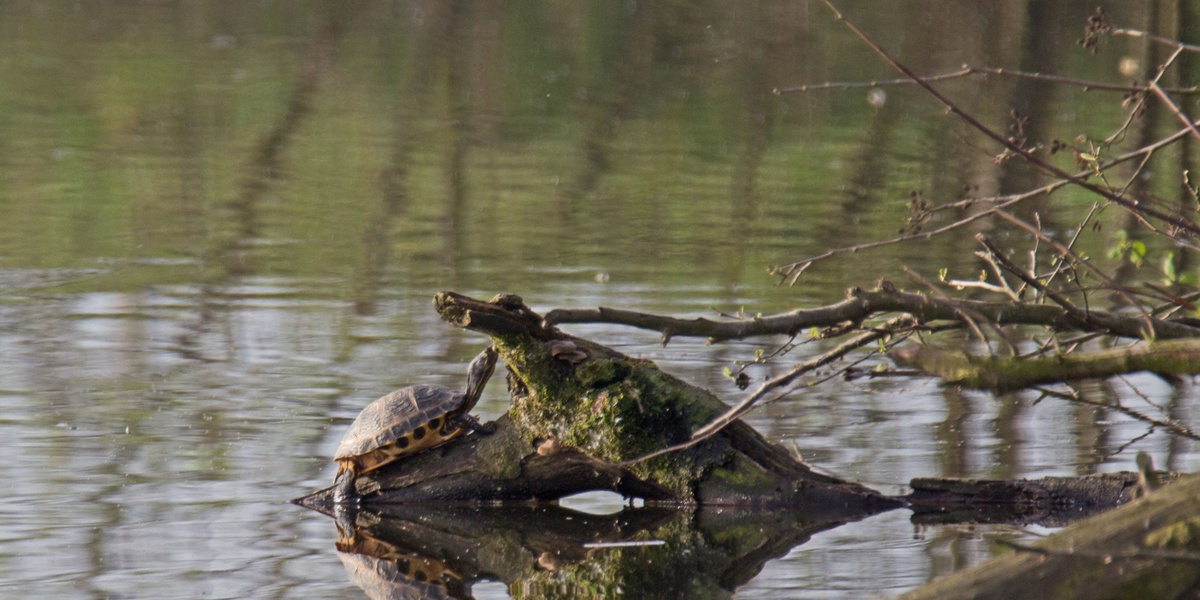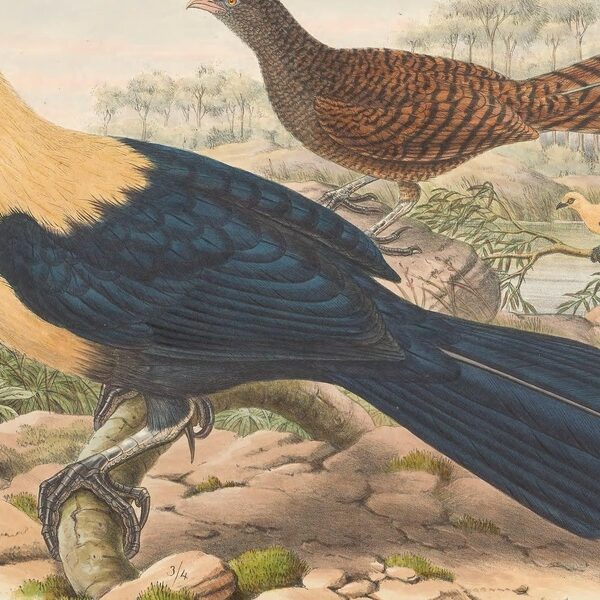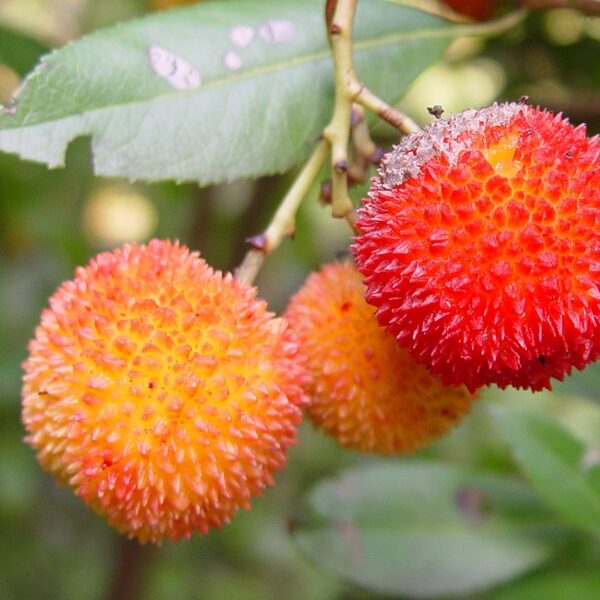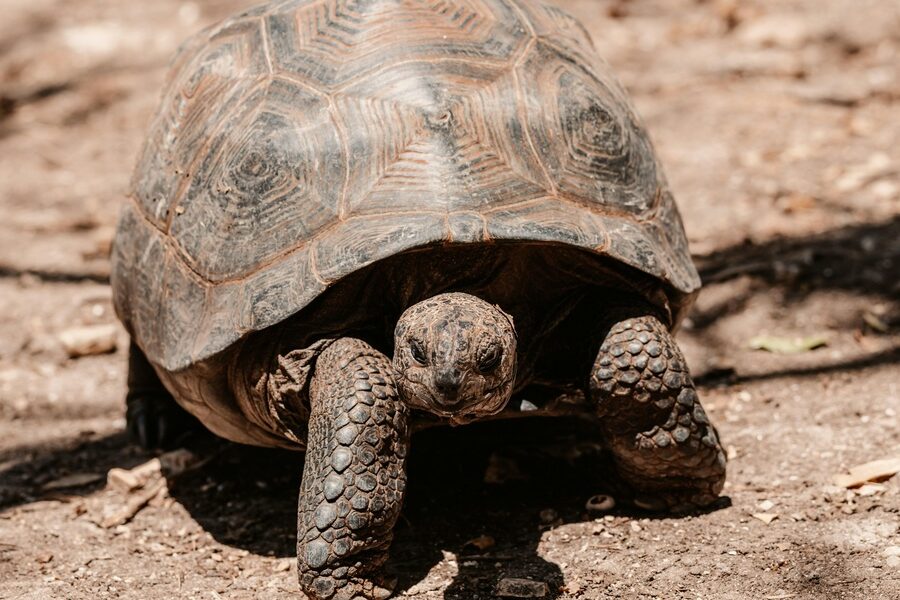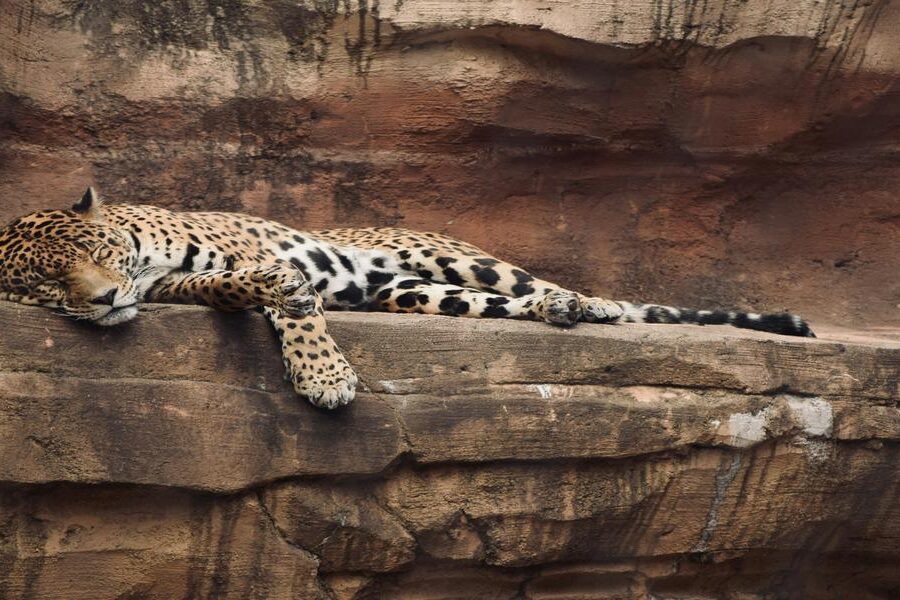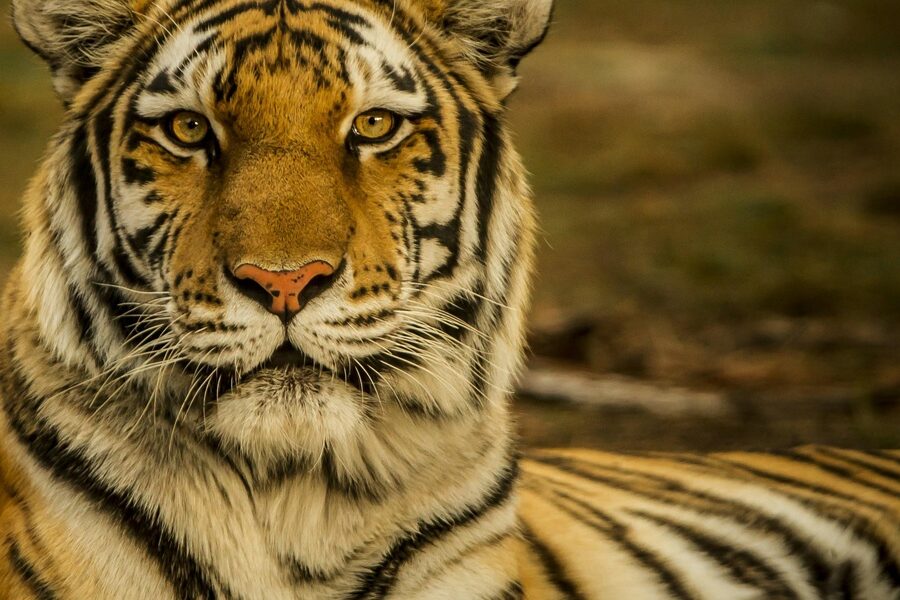The Netherlands, a nation renowned for its flat landscapes, intricate canal systems, and vibrant culture, also cradles a surprisingly diverse natural world. Beyond its iconic windmills and bustling cities, its varied habitats — from coastal dunes to heathlands and woodlands — provide refuge for a fascinating array of wildlife, including some less-often-discussed scaled inhabitants.
Despite its dense population, the Netherlands offers suitable conditions for a small but interesting collection of scaly residents. In this list, we explore the Reptiles of the Netherlands. You’ll find all 9 species, ranging from the venomous Adder to the widespread Viviparous lizard. For each, we’ve provided key information, including their Scientific Name, Avg Length (cm), and typical Habitat, which you’ll find detailed below.
Are there any dangerous reptiles in the Netherlands?
The Adder (Vipera berus) is the only venomous snake native to the Netherlands. While its bite can be painful and requires medical attention, it’s rarely fatal and Adders are generally shy, preferring to avoid human contact. Most other Dutch reptiles, like lizards and slow worms, are entirely harmless to humans.
Where can I spot reptiles in the Netherlands?
Reptiles in the Netherlands are often elusive but can be found in specific habitats. Look for them basking in sunny spots on heathlands, sandy dunes, or along the edges of fens and ponds. Nature reserves such as the Hoge Veluwe, the Veluwezoom, or the Biesbosch offer good chances, especially during warm, sunny periods, as they provide ideal undisturbed environments.
Reptiles of the Netherlands
| Common Name | Scientific Name | Avg Length (cm) | Habitat |
|---|---|---|---|
| Sand lizard | Lacerta agilis | 18 | Heathland,dunes,sandy grassland |
| Viviparous lizard | Zootoca vivipara | 12 | Damp grassland,peat bogs,heath |
| Slow worm | Anguis fragilis | 40 | Gardens,hedgerows,grassland,edge habitats |
| Common wall lizard | Podarcis muralis | 18 | Stone walls,rocky outcrops,urban gardens |
| Grass snake | Natrix natrix | 100 | Ditches,canals,reedbeds,wetlands |
| Smooth snake | Coronella austriaca | 60 | Heathland,dry sandy soils,scrub |
| Adder | Vipera berus | 65 | Heathland,dunes,moor,open woodland edges |
| Aesculapian snake | Zamenis longissimus | 120 | Woodland,old walls,gardens (southern locales) |
| European pond turtle | Emys orbicularis | 25 | Slow-moving canals,ponds,marshes |
Images and Descriptions
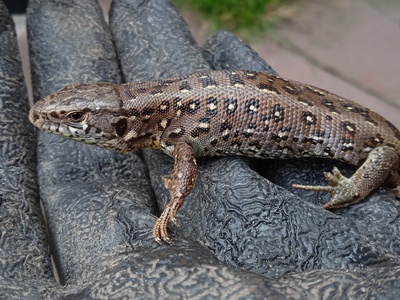
Sand lizard
Stocky lizard with keeled scales and green breeding colors in males; often basks on heath, dunes, and sand-rich habitats. Diurnal insectivore; nests in sandy patches. Locally common in heathland and coastal dunes, protected and habitat-sensitive.
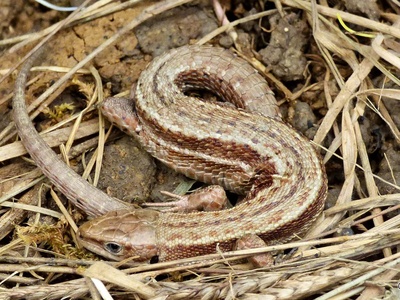
Viviparous lizard
Small, usually brown or gray lizard often found in damp grassland, peat bogs and heath; gives birth to live young. Active during day, feeds on small invertebrates and tolerates cooler climates, making it widespread across the Netherlands.
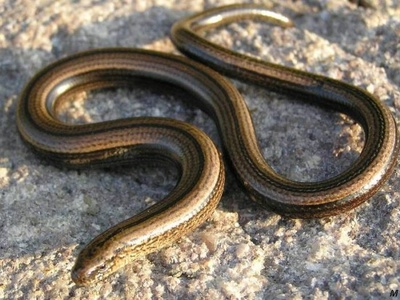
Slow worm
Legless lizard with smooth shiny scales and small head; often mistaken for a snake. Prefers gardens, hedgerows and grassland; secretive, spends much time under cover. Feeds on slugs, worms and insects; common and widespread but shy.
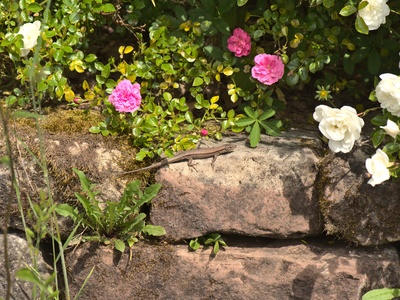
Common wall lizard
Small agile lizard with slender body and variable coloration, often found on stone walls, rocky outcrops and urban gardens. Diurnal and sun-loving, it feeds on insects and spiders. Scattered, established populations occur in warmer southern and urban areas of the Netherlands.
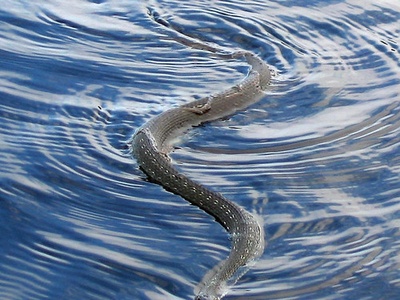
Grass snake
Large non-venomous water-associated snake, usually olive-green with a yellow or white collar. Excellent swimmer that feeds mainly on amphibians and fish. Found along ditches, canals, reedbeds and wetlands; widespread though declining in some intensively farmed areas.
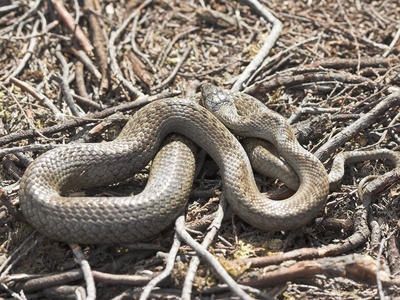
Smooth snake
Shy, small snake with smooth scales and subtle brown-gray patterning; non-venomous constrictor feeding on lizards and small reptiles. Prefers heathland, dry sandy soils and scrub. Rare and legally protected, found in fragmented heath and dune habitats.
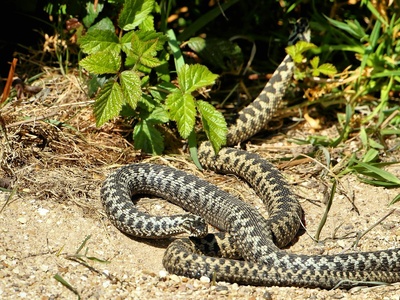
Adder
The Netherlands’ only venomous snake: stout-bodied with a zigzag dorsal pattern; usually shy and bites are rare. Inhabits heathland, dunes, moor and open woodland edges. Hibernates in winter; populations are patchy and protected.
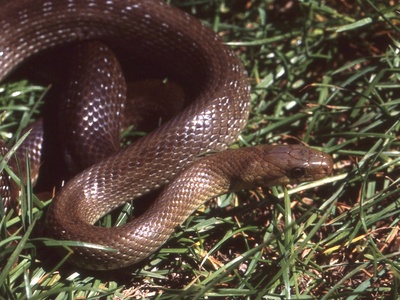
Aesculapian snake
Relatively large, non-venomous climbing snake with smooth brown or olive scales. Feeds on small mammals and birds; is mainly nocturnal during warm periods. Localized, introduced but now established populations occur in southern Netherlands, often near old walls and woodlands.
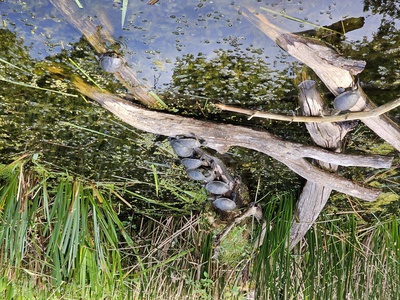
European pond turtle
Freshwater turtle with dark, often patterned carapace and yellow-speckled head; shy and aquatic. Prefers slow-moving canals, ponds and marshes with abundant vegetation. Historically native in isolated areas; very rare and subject to conservation and reintroduction efforts.
